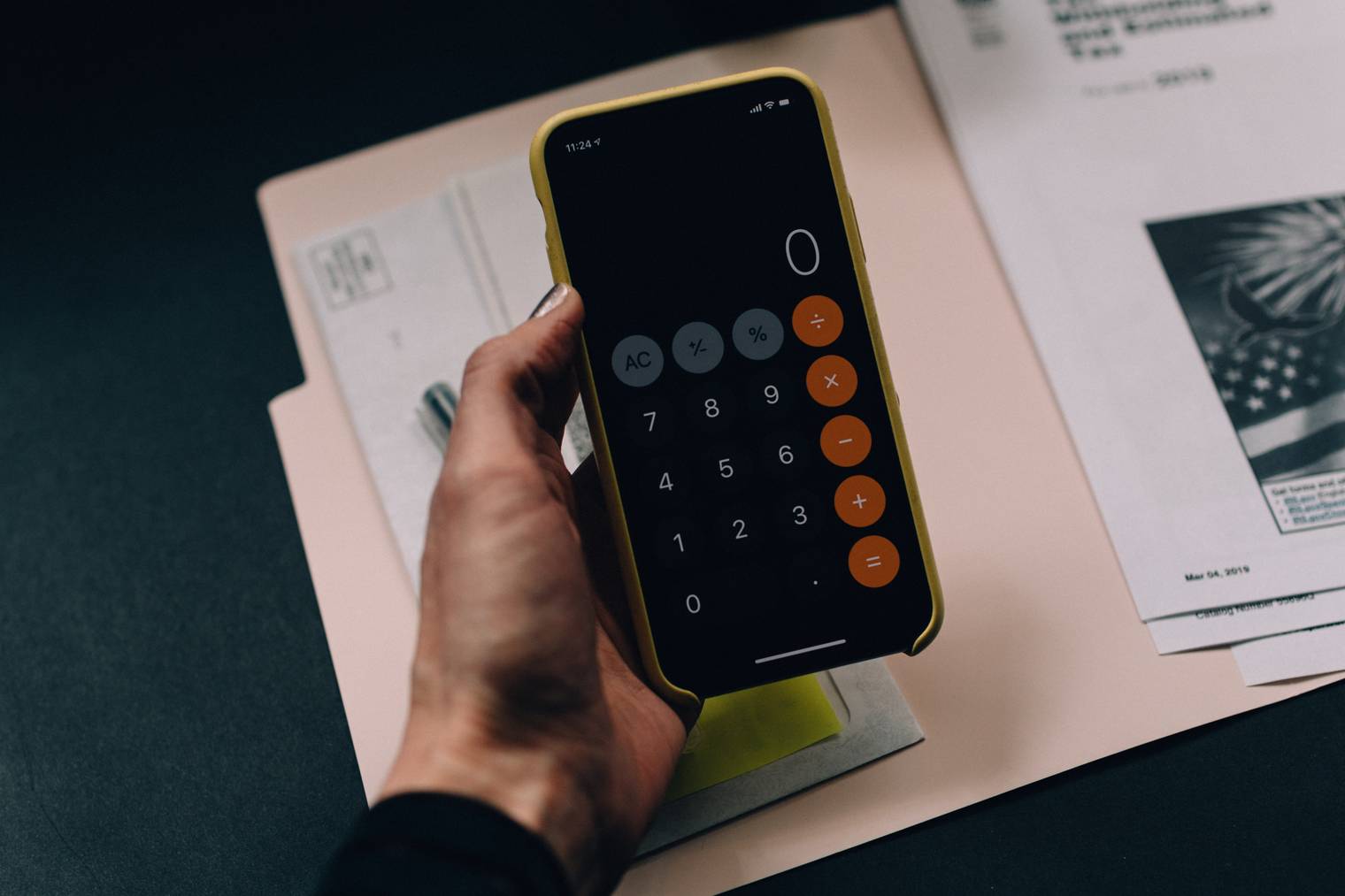
In this article, I discuss seven principles for minimizing the time and money spent building a mobile app. If you're looking to build an app, are pressed for time, and don't have an unlimited budget, keep reading!
Planning
No plan is perfect, though a healthy amount of planning will help a great deal when it comes to saving money and time.
Fully Explain
At my software consulting company, Olio Apps, we are often approached with projects and asked to estimate without much information. Sometimes we're given little more than a sentence or two of a business idea ("Uber for cats! How much?"), or a slide deck with mostly pictures and a few words, and we are left to surmise what that actually means, or how grand the vision is. If you ask someone for a quote but provide little to go on, and you do get an estimate back, be aware it's a wild guess and could be off by orders of magnitude.
To help customers flesh out their product visions, we provide Discovery and Roadmapping engagements, where we spend a week doing working sessions with them, building up the use cases, user stories, and wireframes, and whatever else is needed to build an informed development plan and cost estimate.

Mock Up the App
The clearer you make the picture of what you want up front, the less guesswork your engineers will have to do. You want to eliminate guessing. If you leave right vs. wrong up to chance, there is a very good chance it will be partially wrong, which will cost more time and money.
The more you can fully tell the story of how your software should work, and ideally how it should look, the more likely you'll get it right the first time. Mocking things up with pictures and written descriptions has a way of revealing the holes and corner cases not yet considered. It's cheaper and faster to find and flesh out the murky areas before you build.
Conversely, the most beautiful mockup images are just images, and though they may look great, software needs to be touched and used before you truly know if it is a joy to use, or super annoying and difficult. So make mockups of the most critical pieces. Whether you’re sketching the app in Balsamiq or prototyping in Figma, emphasize functionality over beauty. Then get to a working prototype that users can try as quickly as possible, so you can learn and refine from working software.

Get User Feedback Before You Build
Are you part of the target audience of your app? If so, that's a great start. Have you talked to others in the target audience and asked for feedback on your app? You don't have to wait until after you've spent a lot of time and money building the app to start. Before your app is built, you can and should ask for feedback to validate and refine your ideas.
Turns out, there is right way and a wrong way to ask for feedback. Wrong way: saying to family and friends, “I’m going to build an app for X! Will you use it?” The answer will be yes, but that’s not useful. It does not tell you whether real users will use it. Your friends and family are biased towards you. Better: “Do you have any problems with X? How do you deal with X today?” We recommend reading The Mom Test to guide your approach to getting useful feedback.
If you've done the work to mock up your app, you can even build a clickable prototype using a tool such as Figma or Invision to let users walk through the user interface and see how the app would work, before you spend the time building it. This will obviously save you more time and money.
Technical Choices
We are a technical consultancy, so here's where I'll make some technology recommendations. There are many ways to build a mobile app. Depending on your choices, you could spend wildly different amounts of time and money to arrive at the same outcome. The common thread here is leveraging existing expertise and re-use.

Use Tools Lots of Developers Know and Like
If you choose technology and tools that lots of people know and like, you can find people happy to build it now, and others willing to maintain it going forward. If you pick something obscure, overly clever, or proprietary, there will be a smaller pool of people who can work on it, which will make it more expensive. If you are non-technical or getting advised on technology choices by others, do a little research, ask around, and see if the terminology being thrown around is familiar and well-received by others.
Use a Cross-Platform Framework
A cross-platform framework cuts development time and gets your app running on multiple platforms with a single code base. One team can build for both platforms at once. The 80/20 rule applies: 80% of the code is shared, 10-20% is platform specific conditional code, but it all lives together in a single version-controlled code base.
There are many options, such as those listed in this roundup article from March 2020. The top four listed are React Native, Xamarin, Flutter, and Ionic. All of these are decent choices, and the best choice for you should be influenced by the current expertise of your developers (C# developers? Xamarin. React web developers? React Native. Angular web developers? Ionic.) But ongoing maintenance and the hiring of future developers to maintain the project should also be a consideration.
I recommend React Native because it is well known and supported, and used successfully in many popular apps. It allows front-end developers who already know React (the most popular frontend web framework as of August 2020) to leverage their existing expertise to build native mobile apps, as well as web apps. If you need something specialized and platform specific, you can drop down to native code and write an extension. These days, existing open source extensions exist to cover most common use cases. It is now possible to build a React Native App that runs on iOS, Android, Windows, Mac, and the Web.
Use Libraries for Common Features Found in Every App
There are now libraries and components that implement the common things that most apps do. For example, almost all apps require you to sign up and log in. There's nothing new or ground breaking about this part of an app, just potentially time-consuming work, implementing the same thing many people have done before. Instead, make use of the libraries and services that allow you to skip the heavy lifting and get sign up and login functionality working right away. Some examples are Amplify, Cognito, Firebase, and Auth0. Unless you have a good reason to roll your own, it makes financial sense to use one of these, so you can spend more time on the actual unique value your app will provide.
Lean on Experts
If you are not an app developer, or if you have a team of technical people who focus on other things besides mobile app development, consider working with experts who have successfully built multiple apps already. Not only will this help you get your app off the ground faster, it will also help you avoid mistakes and keep you from incurring technical debt that may slow down your project. Plus, an experienced team can work with you to bootstrap a good software development process that you can carry forward within your organization.
Looking for an experienced team to build your mobile app? Contact us today to start a conversation about your project.